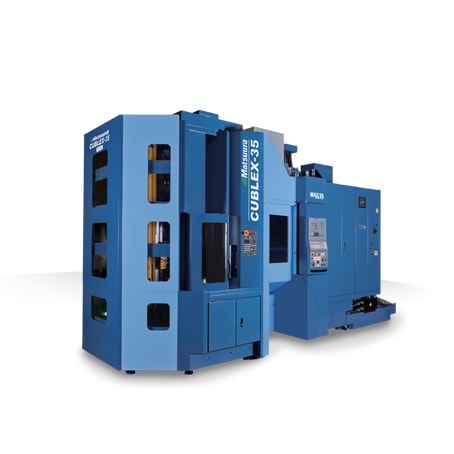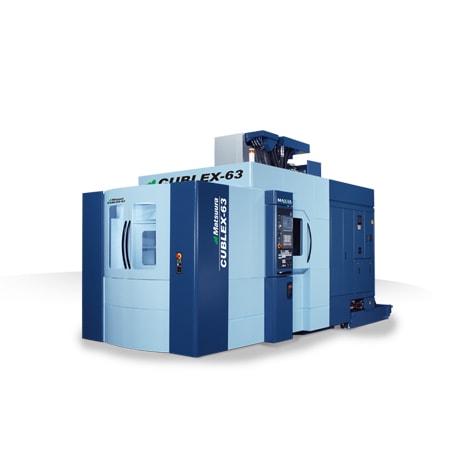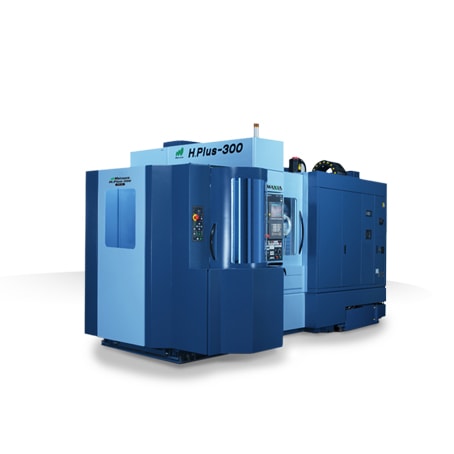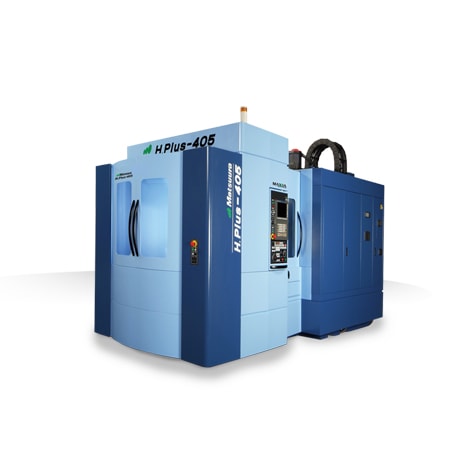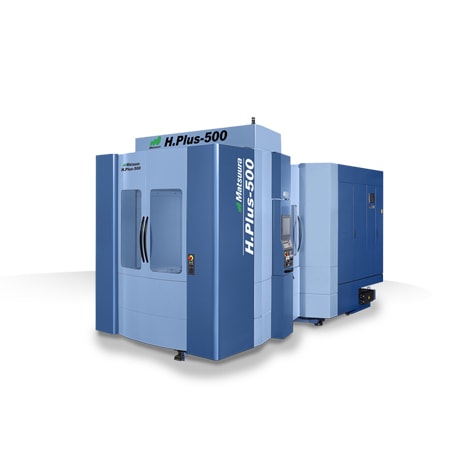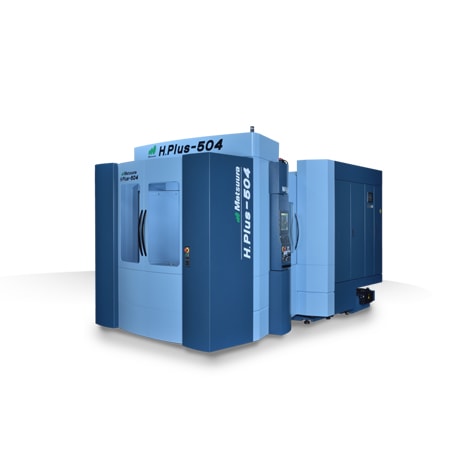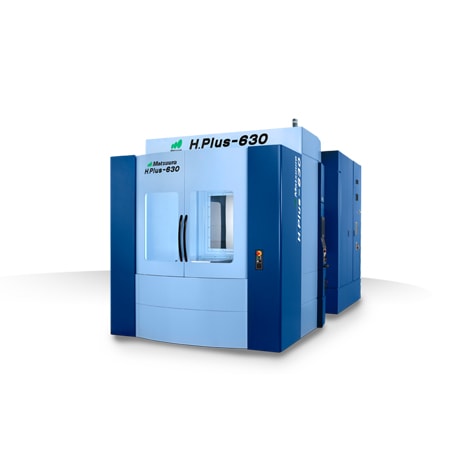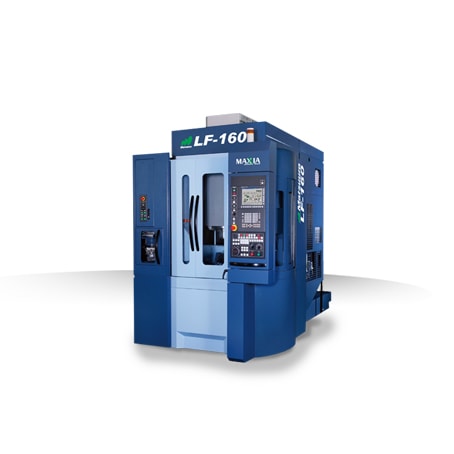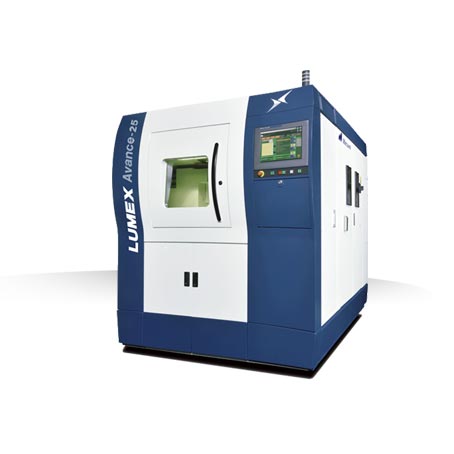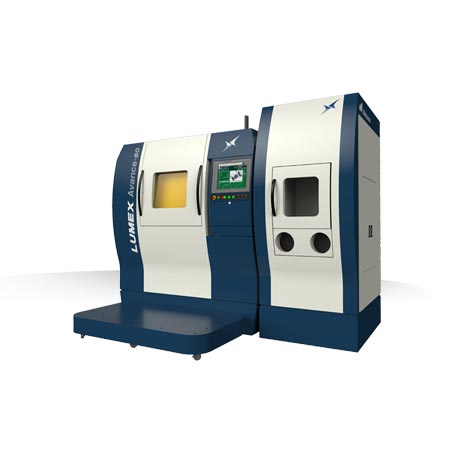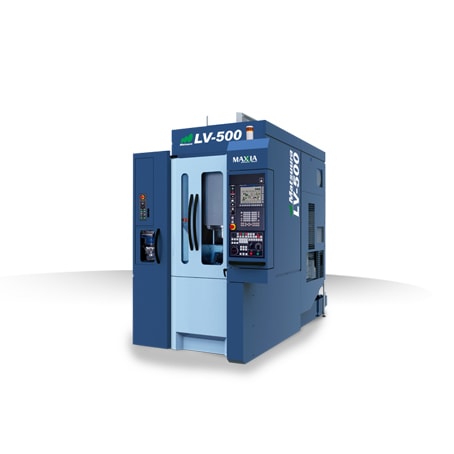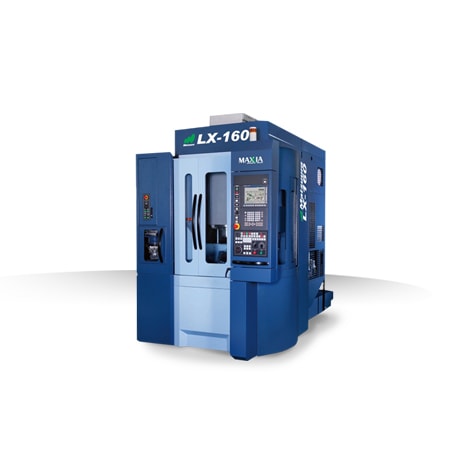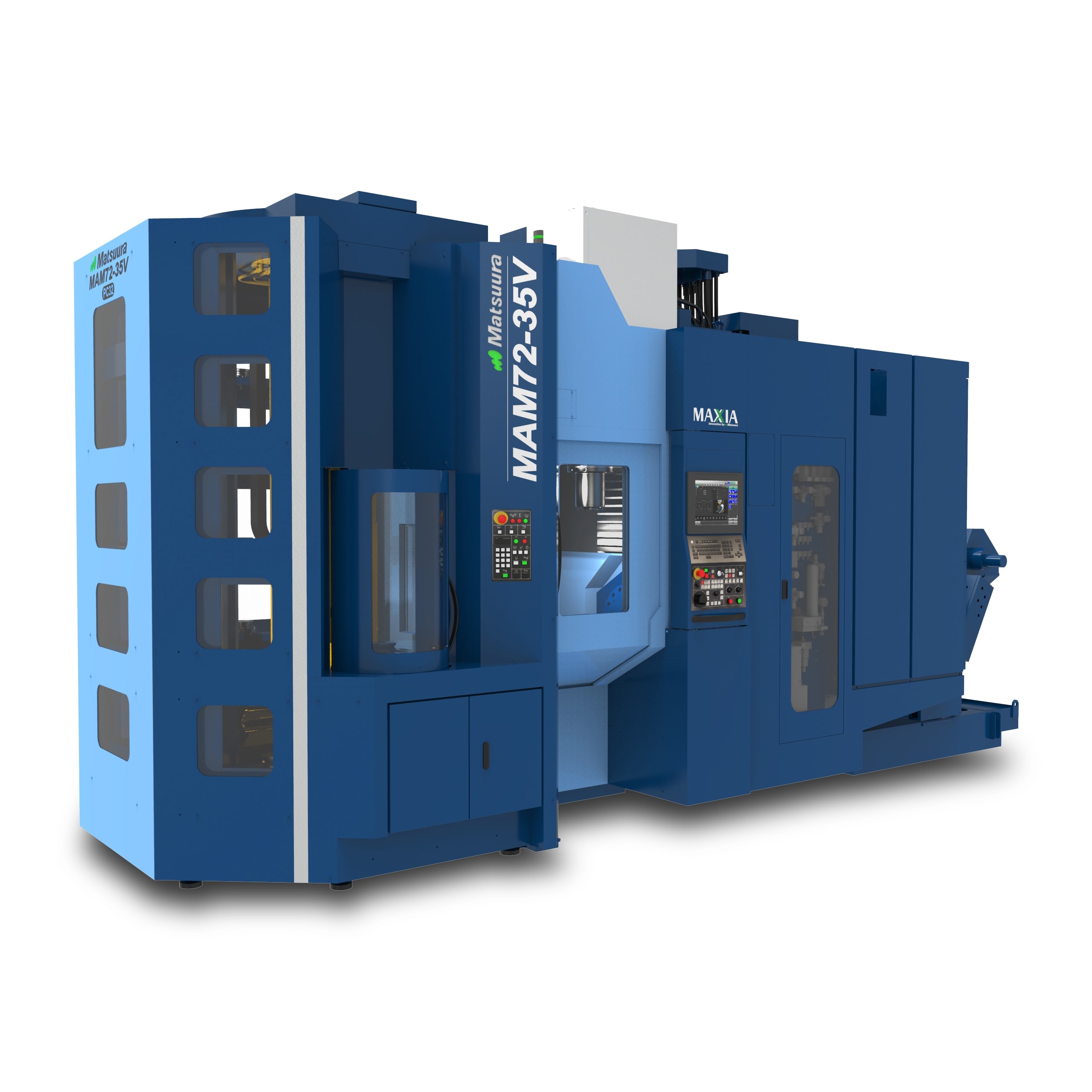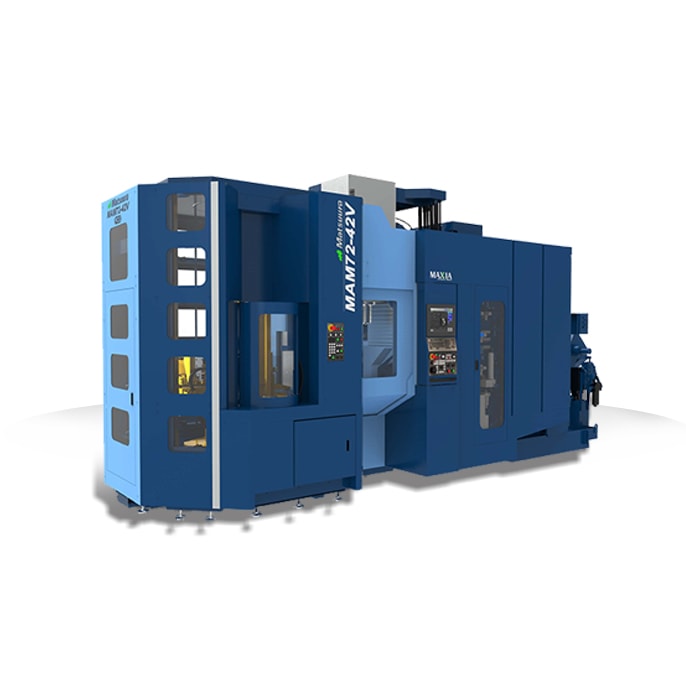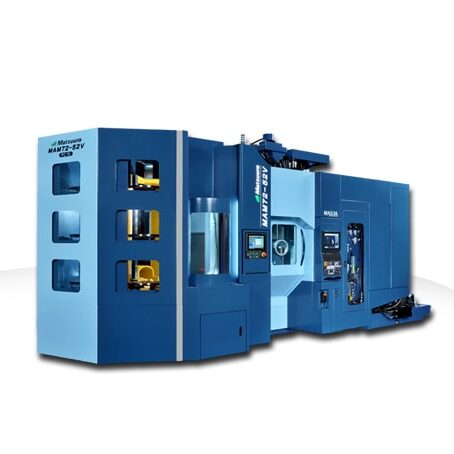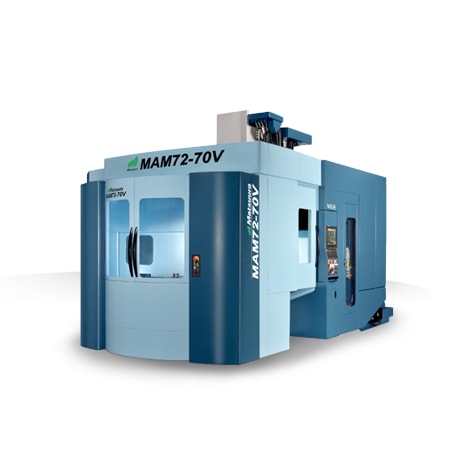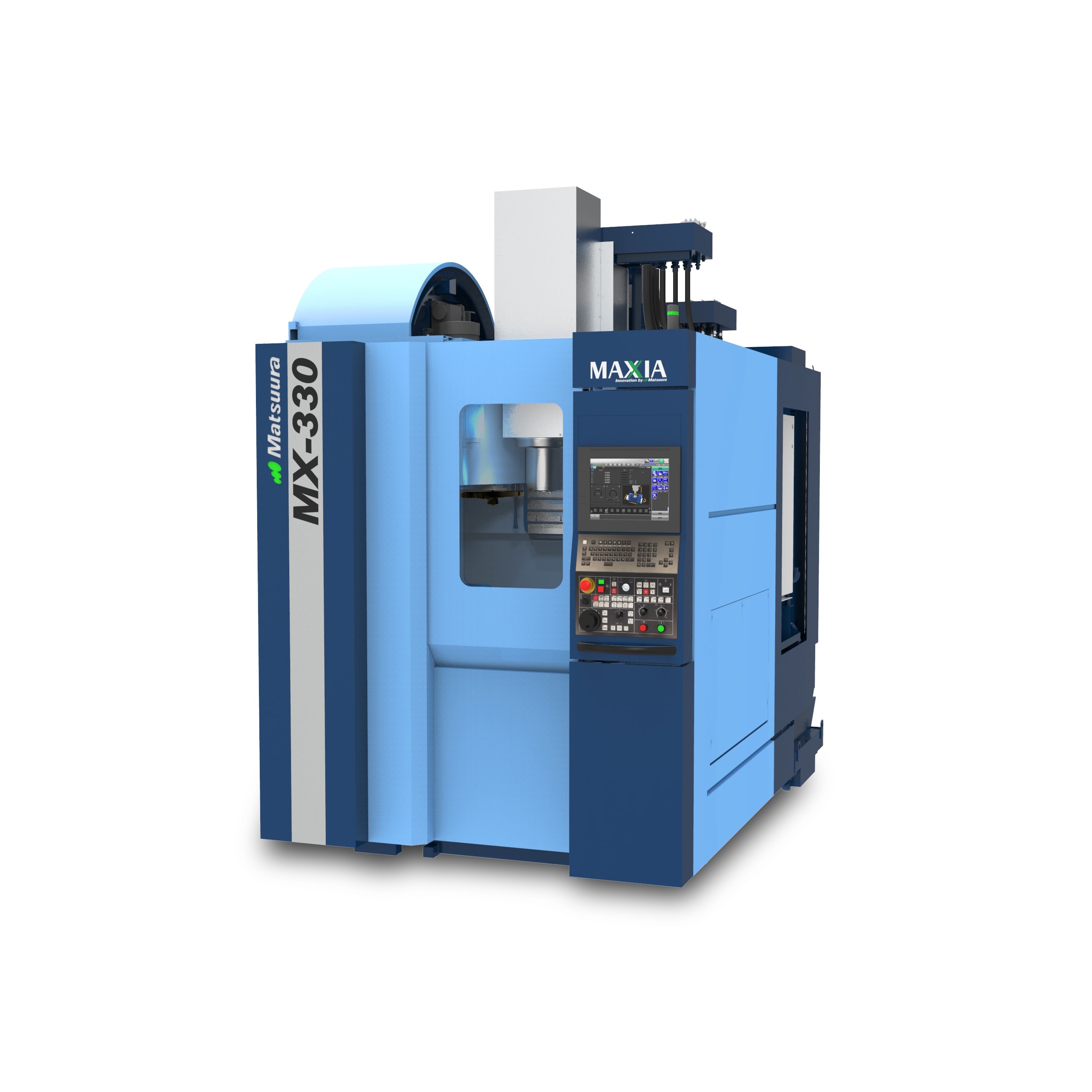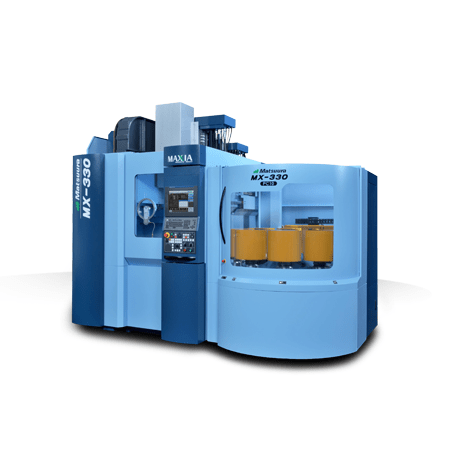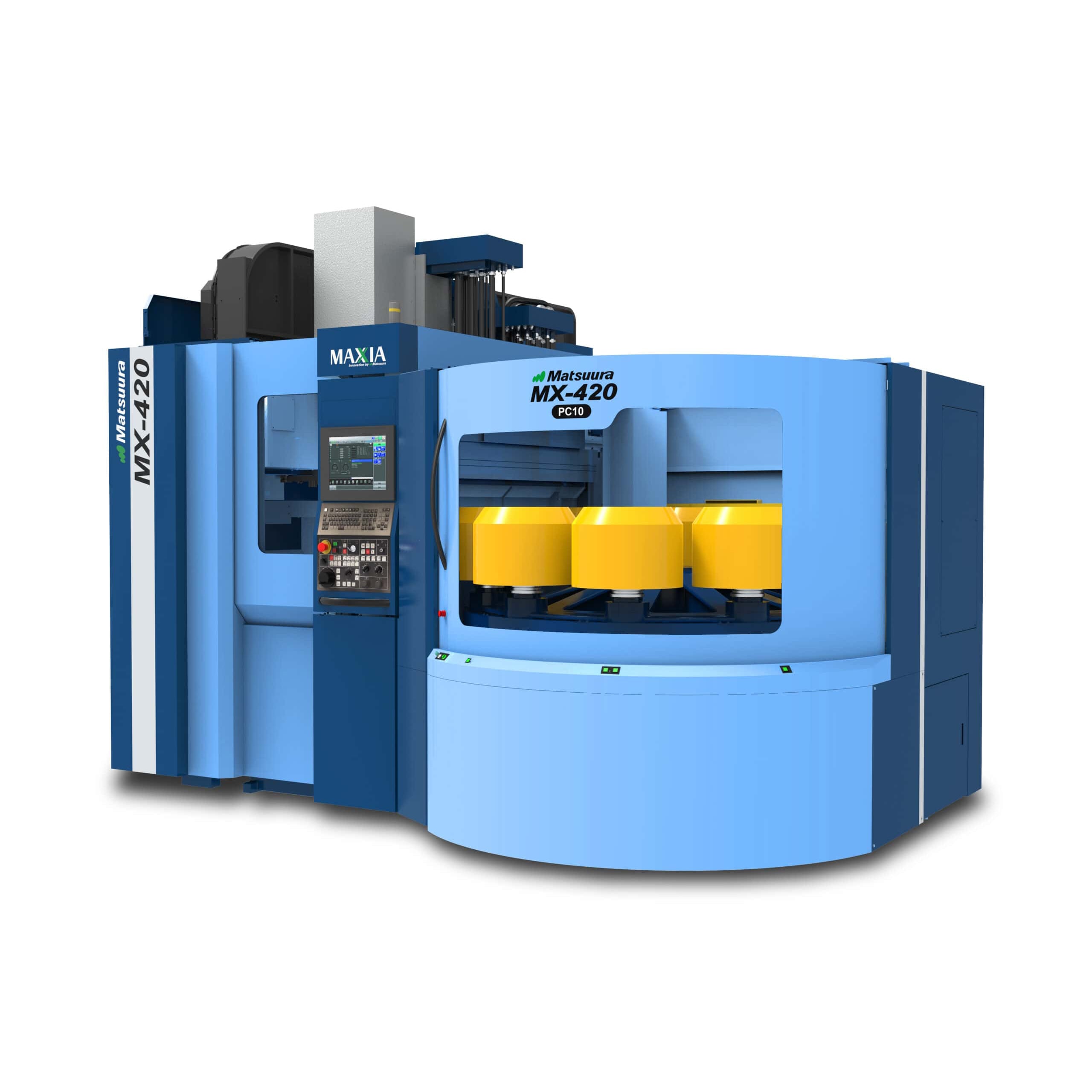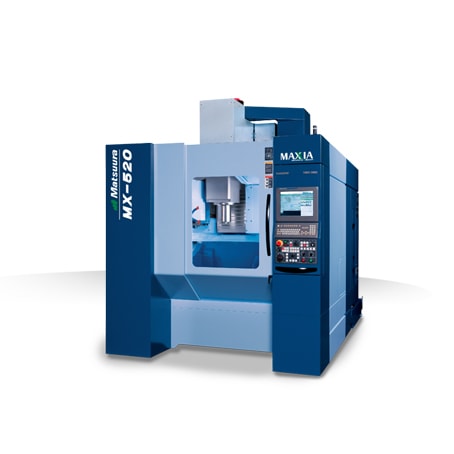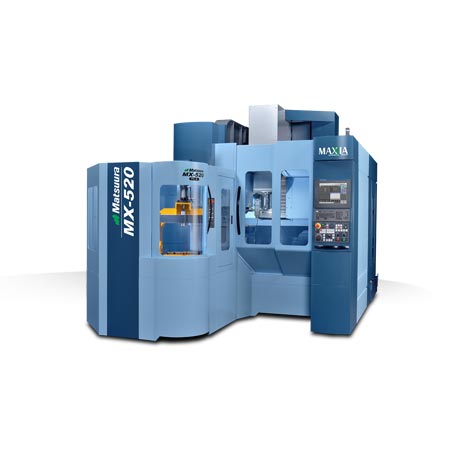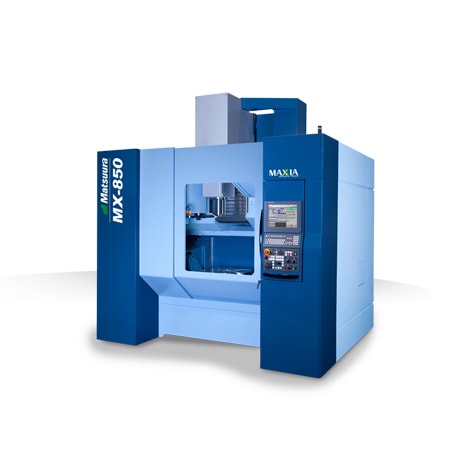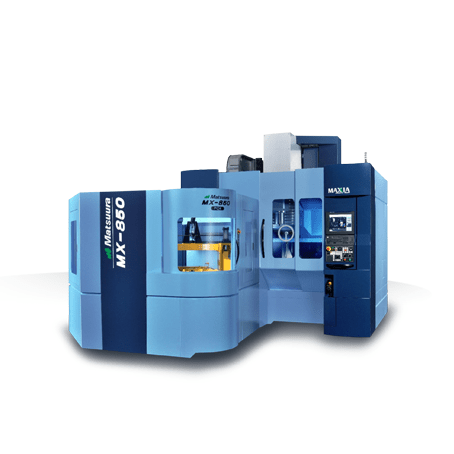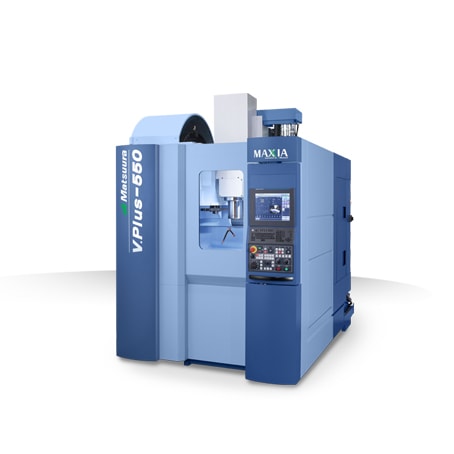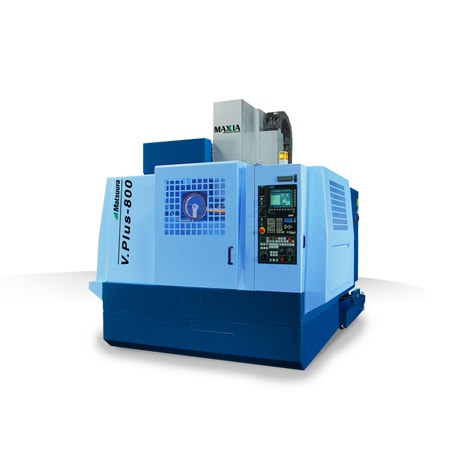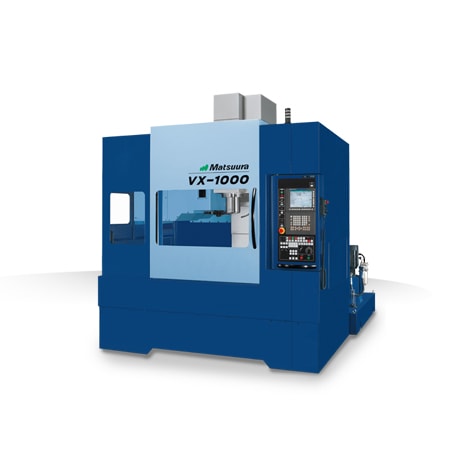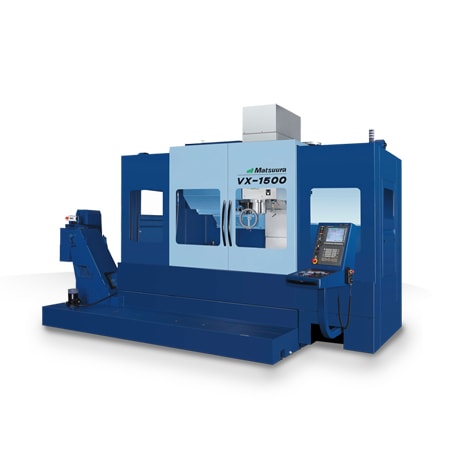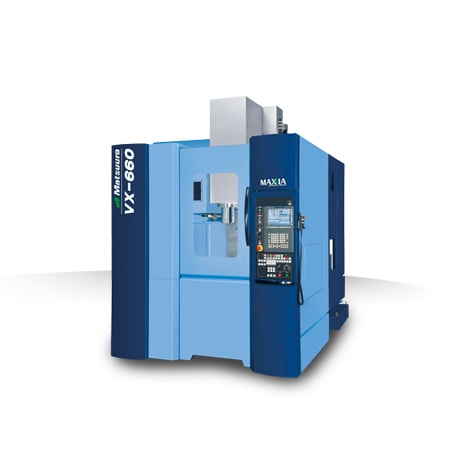St. Paul, MN (October 19, 2020) — 3D printing has the potential to change how valve developers design and develop products, according to 3d Print Pulse (3dprintpulse.com). In the valve manufacturing industry, a variety of traditional designs can now be 3D printed including servo valves, gate valves and check valves.
The beauty of the 3D printing method is that these valves can easily be manufactured without having to place an order and wait on shipment. Any size, shape or custom design can easily be created with quality precision.
Matsuura customers are seeing the value that comes with implementing hybrid metal additive manufacturing technology, including quick-turn manufacturing, which means the ability to build a production tool in days versus weeks or months, with reduced tooling costs.
With Matsuura’s LUMEX technology Deep Ribs & Conformal Cooling Channels significantly reduce product cycle time. Matsuura has published multiple customer case studies, all showing 25% to 45% reductions in cycle time reductions, which is transformative in the industry.
Design: The beauty of 3D printers is that unique designs can be created without a large capital investment and, consequently, without the need to produce large quantities of a product to justify the investment. Even something as little as a single valve can be printed economically and can be justified in a cost/benefit analysis.
Valve engineers use 3D printers to design unique products with an array of tiny holes and flow channels, which are otherwise difficult to produce using tiny assembled parts. In addition, burdensome and time-consuming post-processing activities such as removing burrs from holes are eliminated. Moreover, fabrication of digitally designed parts can occur within hours using 3D printers, compared to days using conventional manufacturing methods. 3D design files can also easily be shared online, allowing for collaboration on new designs that can be 3D printed on site or mail-ordered at low costs. A wide range of valves are now being produced using the 3D printing process, including gate valves, ball bearing valves and servo valves.
According to Peter Zelinski, Editor-In-Chief of Additive Manufacturing Magazine, one of the most significant impacts of metal additive manufacturing is on plastic part production and conformal cooling, using additive manufacturing to build conforming cooling channels into an injection mold component. More effective cooling potentially means seconds per part shaved from the injection molding cycle, the cycle making a plastic part.
“Now seconds for part might not sound like much, but multiply that across millions of parts that might be made through injection molding that might be made using a tool like this and the result could be production so much faster that fewer injection molding presses would be made to achieve the same production in the same amount of time,” said Zelinski.
The distinct feature of a gate valve is the sealing surface which is mechanically placed into position, often in a straight line to impede the flow of air or fluid, essentially creating a “gate” that acts as a shut off valve. Variations of this simple valve can be easily printed on most 3D printing machines.
Ball bearing valves can be 3D printed as well. The designer could start with a hollow tube that narrows at both ends. The 3D printed ball acts to halt the flow of the liquid passing through the tube when it is forced into place, depending on the design. More intricate designs could taper the width of the tube to control pressure at any given point. Other applications can also be easily built-in with 3D printers.
Servo valves are used for more precise applications. These intricate designs are often used when the amount of hydraulic, steam or air pressure must be precisely controlled at various intervals. Typically, they are controlled with small electrical signals. Despite their intricate nature, these valves can also be 3D printed, even in very small sizes. The value in 3D printing these products lies within cost savings. Servo valves are often costly, ranging from over a hundred to even a few thousand dollars in some cases. 3D printed versions, however, can be made for as little as a few dollars in materials.
GE Oil & Gas is currently using a Matsuura LUMEX Avance-25 metal 3D printer, manufactured by Matsuura Machinery Corporation, to print an array of intricate valve control parts using various design approaches.
Integration: An additional benefit to using 3D printers to create valves is that they can be uniquely tailored for custom integration. Mechanical designs are often comprised of many components crammed together in small spaces. Wires, tubes and hoses must often bend and snake around corners and over, under, around or beside other components. Valves are often integrated into these channels as one piece with a 3D printer. A 3D printed valve and hose combination is often easier to install than two separate parts in a tight space. Rather than having to assemble tiny valve parts where it is difficult to reach or see, the only necessary task is to simply fasten the valve in place to the machine.
Conclusion: 3D printing has the potential to change how valve developers design and develop products. With 3D printers, designers can easily create custom valves and applications, avoiding the large cost outlays of traditional manufacturing methods.
Read more from 3D Print Pulse at: www.3dprintpulse.com
Matsuura Machinery USA, Inc., located in St. Paul, MN is the U.S. subsidiary of Matsuura Machinery Corporation in Japan. Since 1935, Matsuura has been the forerunner in designing innovative technology and manufacturing solutions to a variety of industries around the globe. Matsuura Machinery USA, Inc. delivers unmatched excellence in 5-axis, vertical, horizontal, linear motor, multi-tasking CNC machine tools and machines with a powder bed metal AM platform with machining capability. Matsuura Machinery USA, Inc. provides the service, applications and technical field support that have always been the Matsuura standard for business.
For more information on Matsuura LUMEX products, contact: [email protected].
